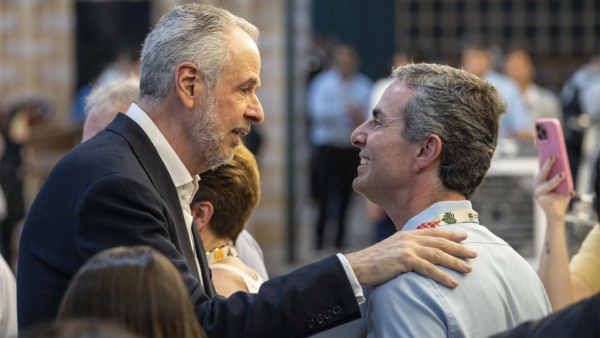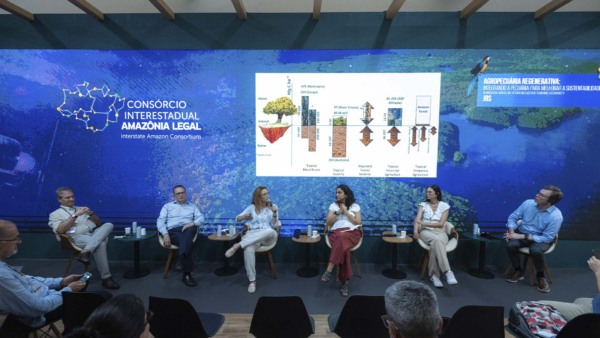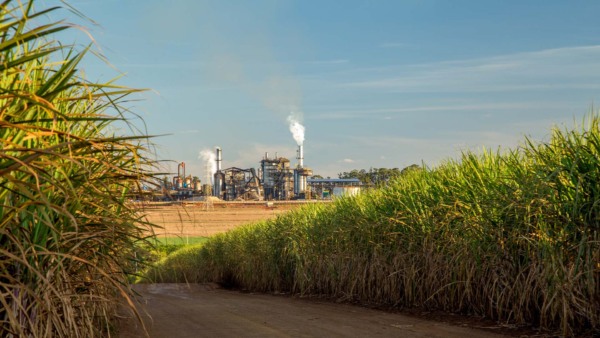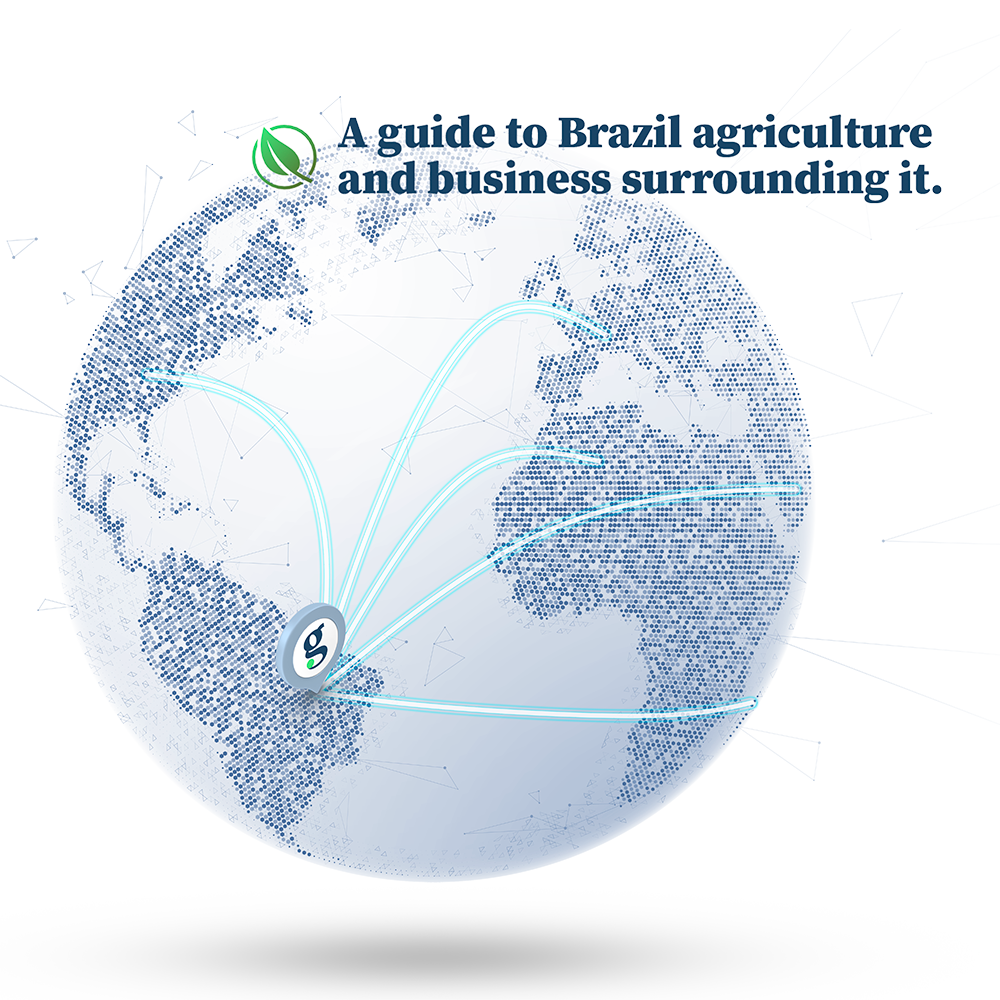
Brazil’s cattle industry is undergoing a structural transformation driven by sharp productivity gains that are poised to boost the country’s share in global beef trade, currently at 28%.
After hitting a record 40 million heads slaughtered in 2024, Brazil is expected to reach even higher volumes in 2025 — around 41 million — according to economist Alexandre Mendonça de Barros, partner at consultancy MB Agro.
The surge doesn’t signal a depletion of the herd, even as the country is amid a low supply phase of its cattle cycle. Analysts say the industry’s strength reflects rising productivity on cattle farms.
In the first half of 2025, Brazil slaughtered 20.27 million heads, the highest number ever recorded for the period, according to government statistics agency IBGE. It marked the first time the country surpassed 20 million heads between January and June.
Meanwhile, Brazil’s cattle herd is projected to shrink for a second straight year, to 234 million head, from 240 million in 2024 and 242 million in 2023, according to USDA estimates.
“Cattle keep showing up when we thought supply would start to fall,” Mendonça de Barros said at a recent event hosted by Minerva Foods, South America’s largest beef exporter.
The country is currently in the low phase of its cattle cycle, meaning more female cows are being sent to slaughter. Analysts say that rising efficiency, not just cyclical factors, explains why beef plants continue operating at record pace.
“We are entering uncharted territory in analyzing Brazil’s cattle sector,” said Maurício Palma Nogueira, head of consultancy Athenagro. “Productivity gains have a much greater impact than the cycle itself or the culling of cows in this current phase of high supply.”
Nogueira says Brazil’s productivity gains have started in the 1990s, when improvements in genetics, nutrition, and management in livestock operations. But the pace has accelerated this year, thanks to the spread of DDG (dried distillers grains) — a nutrient-rich byproduct of corn ethanol production.
With more ethanol plants being launched, DDG is transforming feeding systems across Brazil, offering cheap, high-quality feed that boosts weight gains at low cost.
“We are facing a variable that will revolutionize the entire process,” Nogueira said. “We still don’t grasp how much DDG will change Brazilian cattle production in the coming years.”
In the coming three years, DDG supplies are seen almost doubling in Brazil to 11 million tons in 2028 from 6.4 million tons, according to Mendonça de Barros. This outlook will encourage the construction of feedlots next to ethanol plants, “creating an incredible level of competitiveness,” he said.
Still far behind the US
A simple comparison with the U.S. highlights the potential. The American herd — about 86 million heads, the smallest in 75 years — produces roughly the same amount of beef as Brazil.
In 2024, U.S. meatpackers slaughtered about 30 million animals, yielding 12 million tons of beef, with average carcass weights around 400 kilograms. Brazil, with 40 million head slaughtered, produced slightly less, with carcasses averaging 300 kilograms.
If Brazil were able to match U.S. productivity levels, its annual slaughter could reach 75 million head, a staggering leap from today’s 40 million, according to Mendonça de Barros.
Uncertainty in the US
As Brazil’s productivity increases, the US beef industry faces a period of uncertainty. Despite its historically small herd, the country continues to slaughter more than 1.1 million cows per month, an unusual trend given high calf prices and improving margins for breeders.
“It’s a mystery to me,” he said. “Perhaps the U.S. cattle industry will never return to its previous size.”
For Brazil, the outlook is one of consolidation as a global export powerhouse. The country already accounts for about one-third of global beef trade and could reach 50% or more in the coming years, the economist projected.
“Brazil’s expansion capacity is remarkable,” said Mendonça de Barros. “Just as we did with sugar — where we reached 80% of global exports — beef is heading the same way.”








